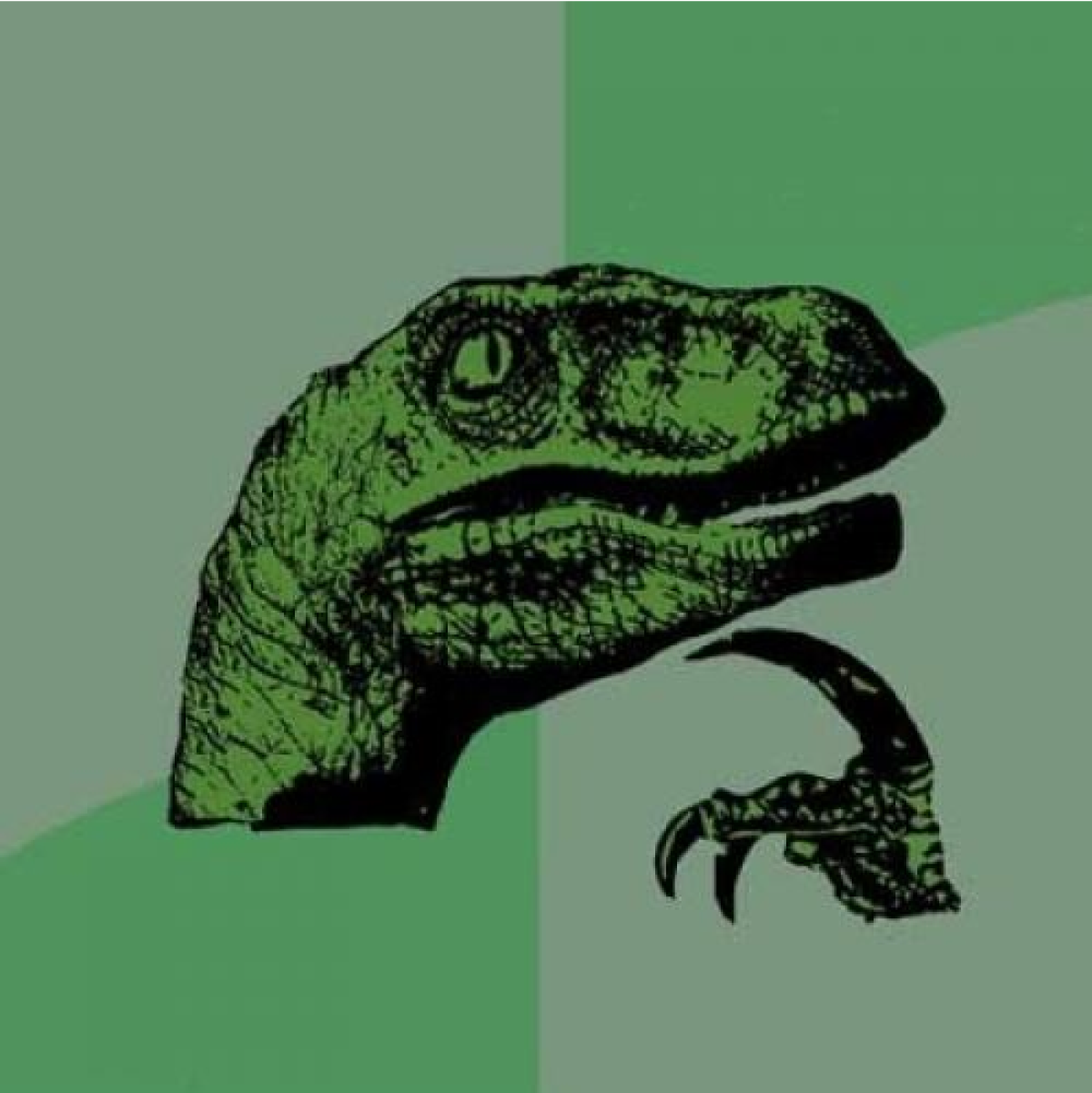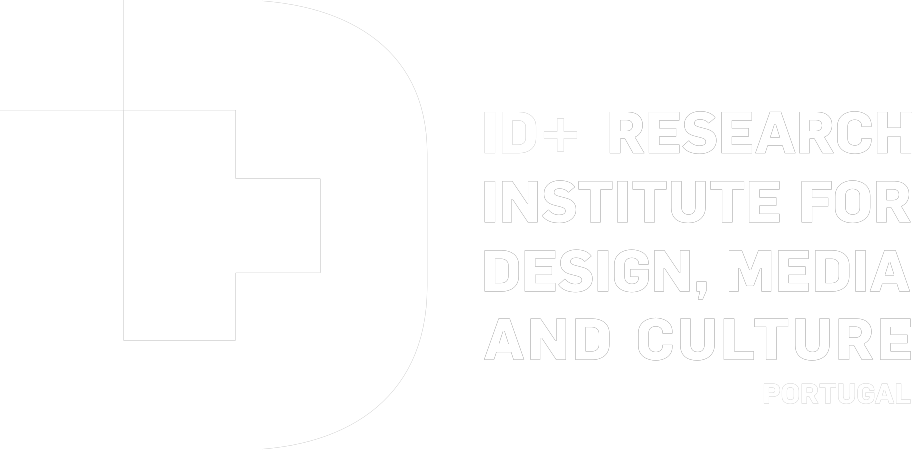Recent years have seen the emergence of two particular challenges to scientific knowledge and employment by citizens. In both instances, communication design may be underperforming in its potential for contribution:
The exponential rise of social media use has potentiated an equally exponential range of phenomena such as fake news, pseudo-science and superstition; as alluring, de-centralised, continuously reconfiguring webs, their circulation and adaptability tend to far surpass those of rigorous knowledge.
The recent pandemic and corresponding public policies (rules if confinement and vaccination programs in particular) seem to have further eroded the already precarious, aforementioned scenario. A range of misinformation channels and content have reached significant sectors of the population – just as the general media’s portrayal of the health crisis was largely reduced to statistical extrapolations, and the broadcasting of a largely hermetic, prescriptive discourse on the part of health authorities, often lacking in intelligibility with the greater public. Despite current decreases in pandemic levels, issues of mistrust remain and will likely retain an impact in future instances, health-related or otherwise. The above issues have been addressed both through increased technological sophistication of digital tools, and the adoption of logical discourse; however, both seem to have fallen short in tackling the scale and complexity of the phenomena of misinformation.







